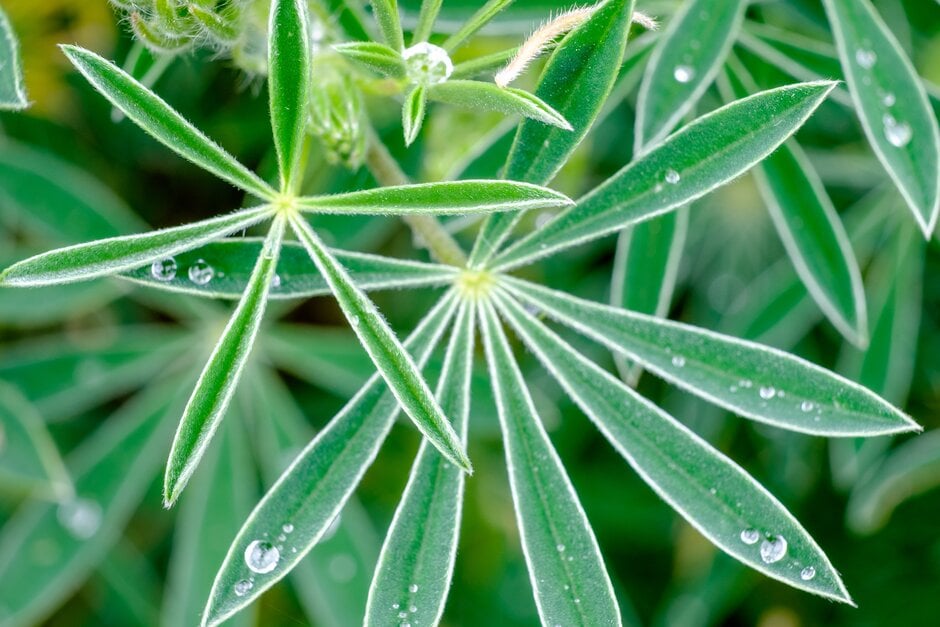Lupinus angustifolius
narrow-leaved lupin
An upright, bushy annual to about 1m, with leaves composed of a whorl of narrow leaflets. Short spires of purple-blue, pea-like flowers are produced in summer followed by seeds that can be processed to make them edible

Buy this plant
Size
Ultimate height
0.5–1 metresTime to ultimate height
2–5 yearsUltimate spread
0.1–0.5 metresGrowing conditions
Moisture
Moist but well–drainedpH
Acid, NeutralColour & scent
| Stem | Flower | Foliage | Fruit | |
| Spring | Green | |||
|---|---|---|---|---|
| Summer | Blue Purple | Green | ||
| Autumn | Green | |||
| Winter |
Position
- Full sun
- Partial shade
Aspect
South–facing or West–facing or East–facing
Exposure
Exposed or Sheltered Hardiness
H3Botanical details
- Family
- Fabaceae
- Native to GB / Ireland
- No
- Foliage
- Deciduous
- Habit
- Bushy
- Potentially harmful
- Harmful if eaten. Wear gloves and other protective equipment when handling. TOXIC to pets if eaten (dogs, cats, rabbits, tortoises) - see the HTA guide to potentially harmful plants for further information and useful contact numbers
- Genus
Lupinus can be annuals, perennials or shrubs, with palmate leaves and showy terminal racemes of pea-like flowers
- Name status
Correct
How to grow
Cultivation
Grow in moderately fertile, humus-rich, light, moist but well-drained soil in full sun or light, dappled shade
Propagation
Suggested planting locations and garden types
- Coastal
- Cottage and informal garden
- Flower borders and beds
Pruning
Deadhead to encourage more flowers
Pests
May be susceptible to slugs and lupin aphid
Diseases
May be susceptible to powdery mildews, rots, a leaf spot and a virus
Get involved
The Royal Horticultural Society is the UK’s leading gardening charity. We aim to enrich everyone’s life through plants, and make the UK a greener and more beautiful place.